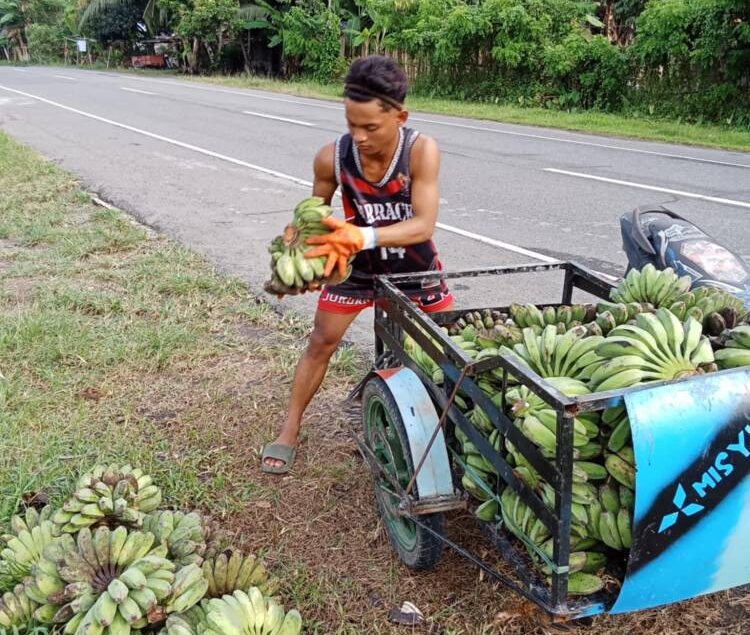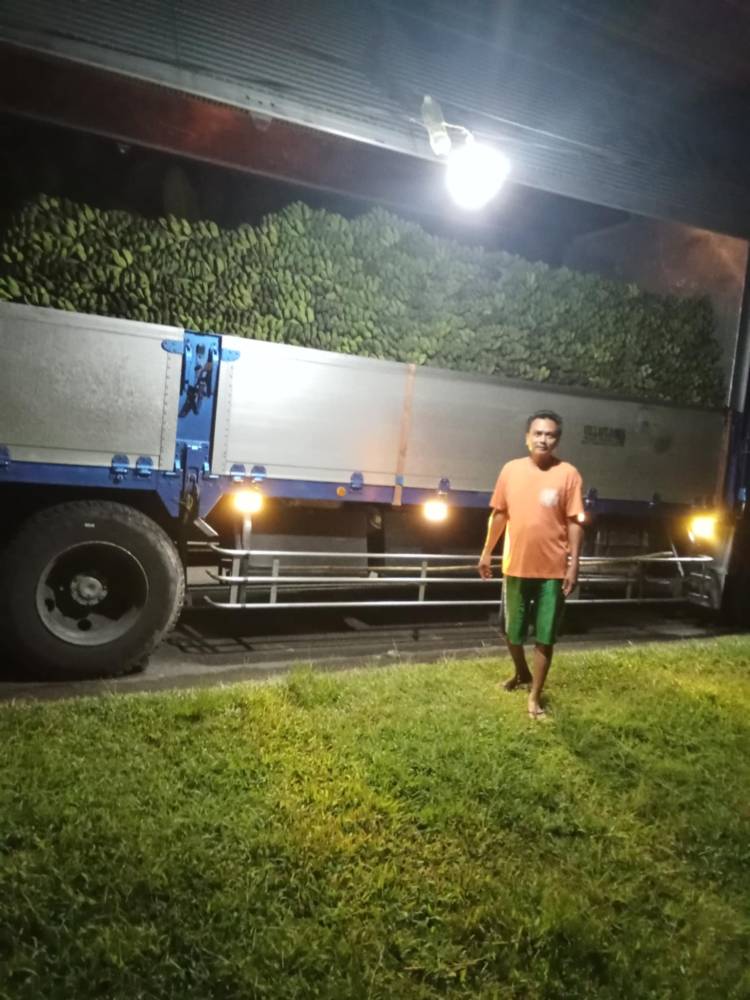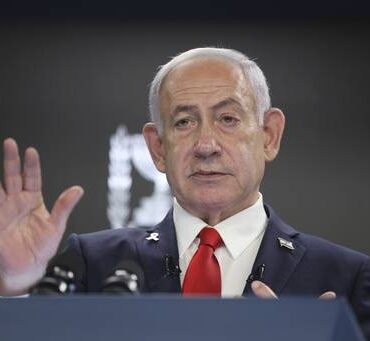Leyte’s cardaba finally gets sold as province’s bananas

TACLOBAN CITY—For the first time, Cardaba bananas grown in Leyte are reaching Metro Manila markets with proper acknowledgment of their source, marking a breakthrough for Eastern Visayas farmers who have long been overshadowed in the national banana trade.
The municipality of Jaro, on Aug. 7, shipped 15 tons of Cardaba bananas directly to institutional buyer Pearlfoods Inc., ending a decades-old practice in which Leyte-grown bananas were purchased by traders from Mindanao, rebranded as products from Davao or other Mindanao provinces, and sold in Luzon.
The milestone was made possible through the Market Linkage Caravan organized by the Department of Agriculture’s (DA) Agribusiness and Marketing Assistance Service (Amas) and Agribusiness and Marketing Assistance Division (Amad) in Tacloban City from July 22 to July 25 this year.
The event revealed that while such rebranding was not illegal, it had deprived Leyte farmers of market identity and fair recognition for their produce.
Proud moment
One of the direct beneficiary was farmer-leader Ernesto Enales of Barangay Malobago, Jaro. For years, he unknowingly supplied his bananas to a Mindanao-based trader who, according to Pearlfoods, passed them off as Davao-grown. Upon learning the truth, Enales decided to bypass the middleman and entered into a direct deal with Pearlfoods.
“This is a proud moment for our farmers,” said Judy Calabia, Jaro’s municipal agriculturist. “We’re finally seeing our local producers take their rightful place in the value chain.”

Cardaba and Saba banana varieties from Leyte are valued both for fresh consumption and as key raw materials for banana chips—an emerging export product of the Philippines.
Jaro is considered to be among Leyte’s banana-producing municipalities with 1,787 hectares devoted to planting to banana with an annual production of 96.94 metric tons.
Leyte has 4,934 ha devoted to banana planting and has an annual production of 26,943.97 MT.
Eastern Visayas, as a whole, has 27,850.80 ha of land for banana planting with an annual production of 226,602.84 MT.
Direct access
According to Francis Rosaroso of DA Eastern Visayas, more Metro Manila buyers are now reaching out to the department and concerned local governments to connect directly with farmer-producers and cooperatives. This move, he said, will minimize the role of middlemen, allowing farmers to secure fairer prices and proper recognition.
“This is just the beginning,” Rosaroso said. “We want more farmers and cooperatives to benefit from direct market access—getting not only better returns but also the acknowledgment that their produce is proudly from Eastern Visayas.”
With sustained support from the DA and local governments in Eastern Visayas, which is traditionally not considered a major banana-producing region, the region could soon carve out a stronger presence in the national banana industry.

















